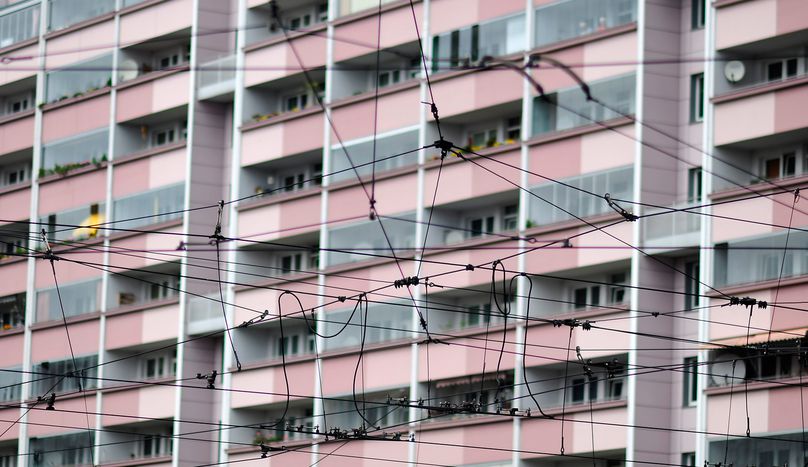
Berlin: public places, non-places
Published on
Translation by:
Cafebabel ENG (NS)A non-place is a place of anonymity in the modern world. These are places which cannot be defined as relational, historical, or concerned with identity - take supermarkets, airports and places of transit such as motorways and subways in the German capital
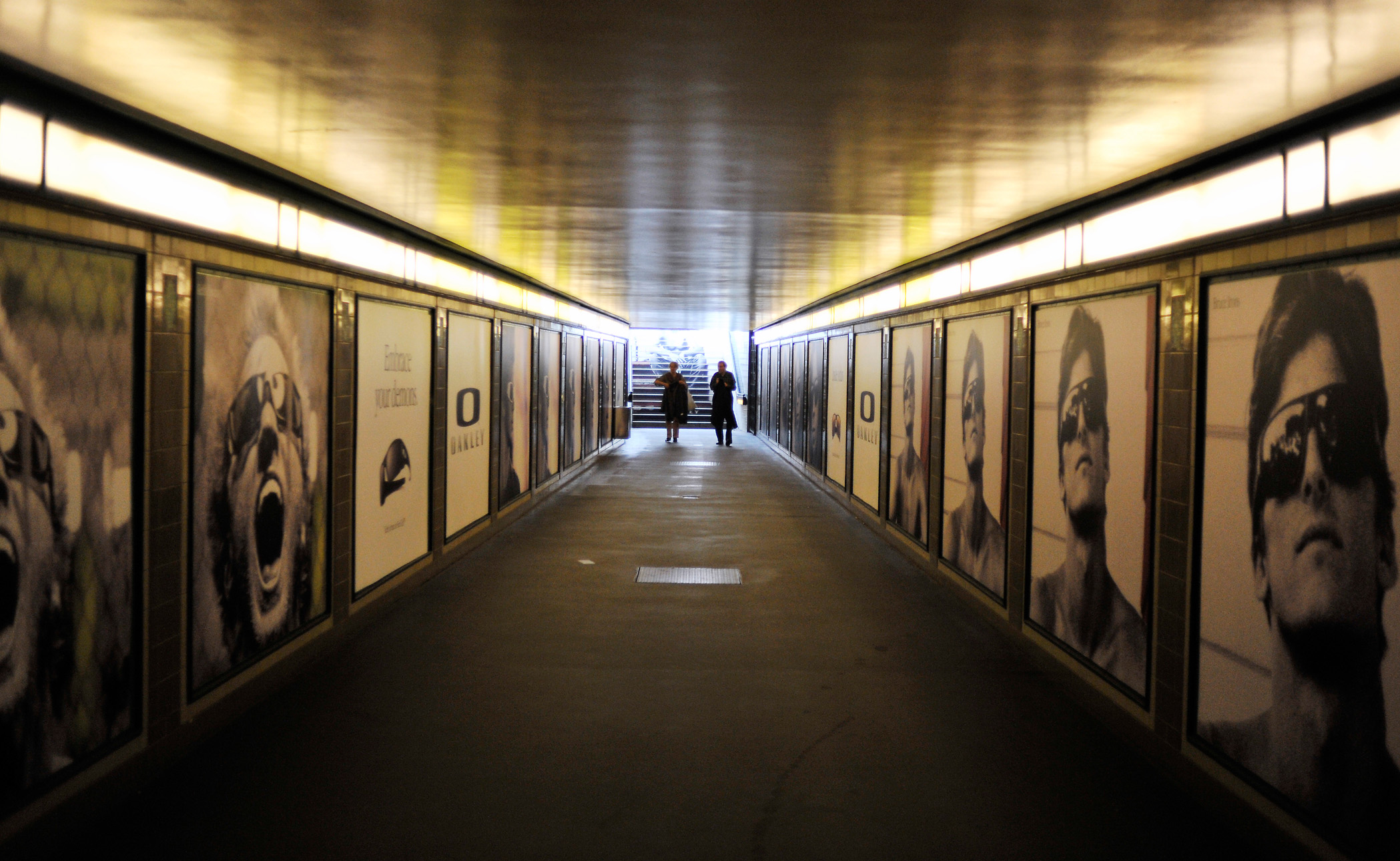
Entering the underground metro station, the U-Bahn, in Berlin, with advertising boards on either side (Image: David Tett/ davidtett.com)
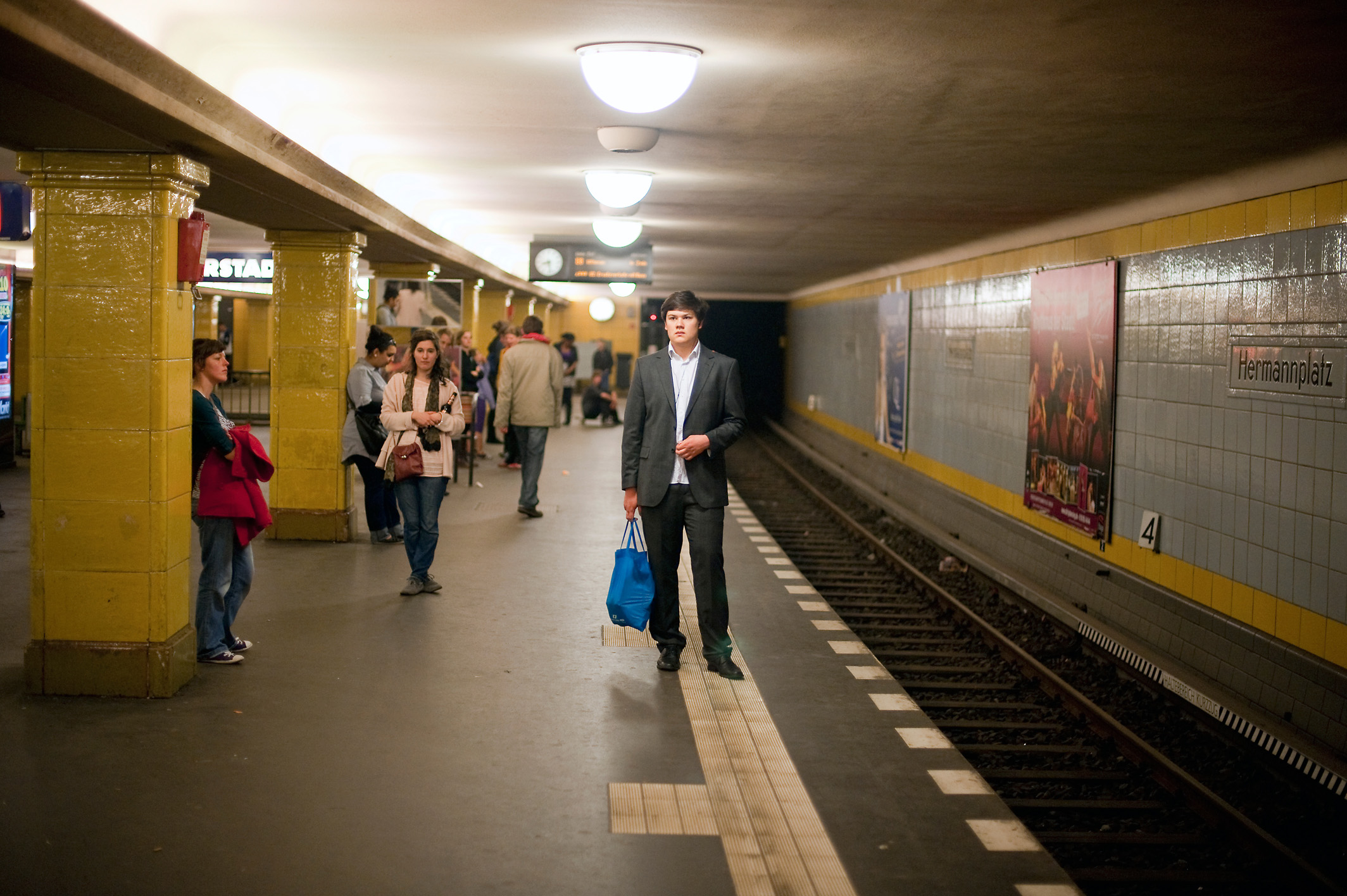
A typical place where consumerism has a great impact in a 'non-place' of the German capital (Image: David Tett/ davidtett.com)
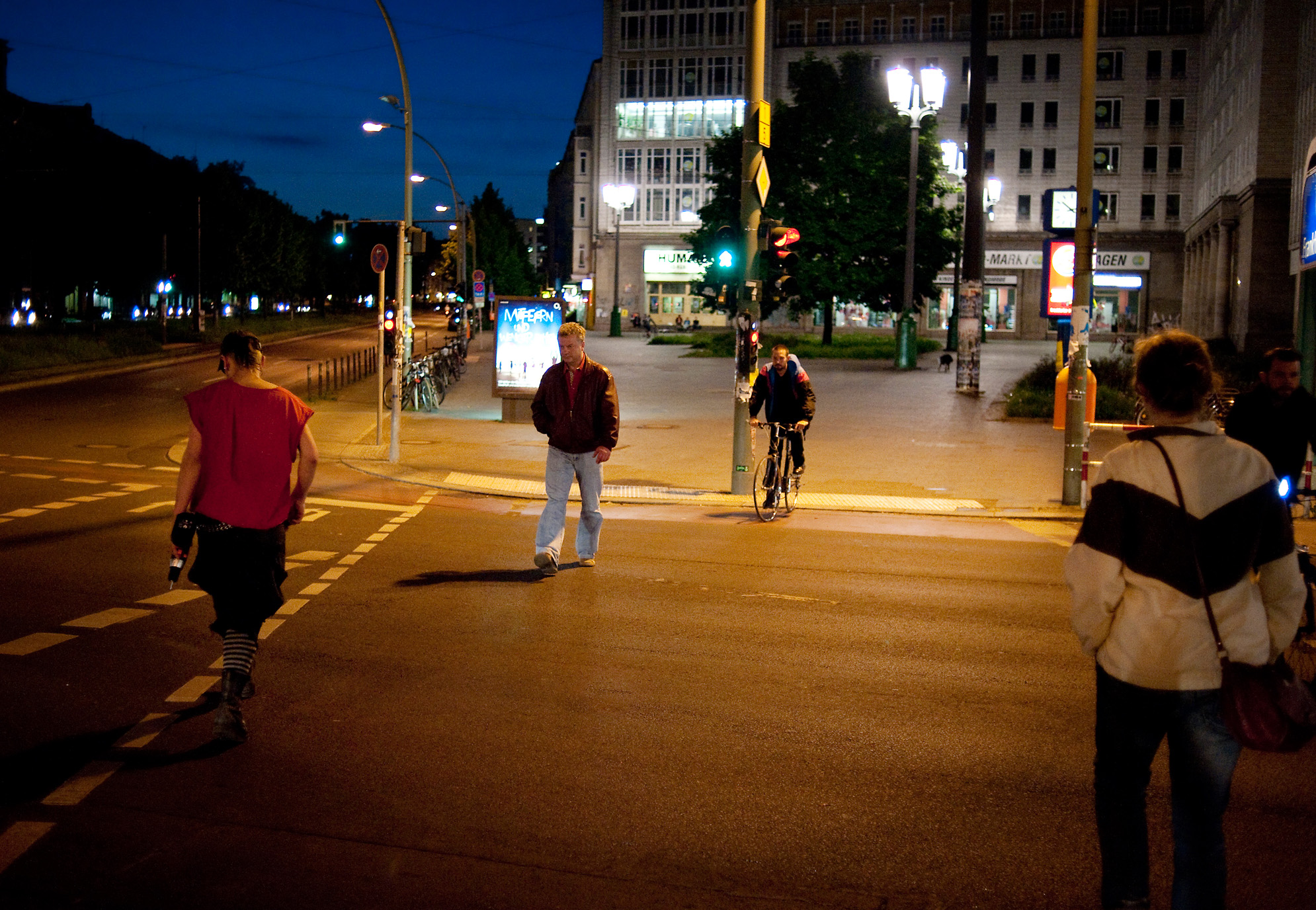
21: 50. Four people on one enormous street. Silence overbears (Image: David Tett/ davidtett.com)
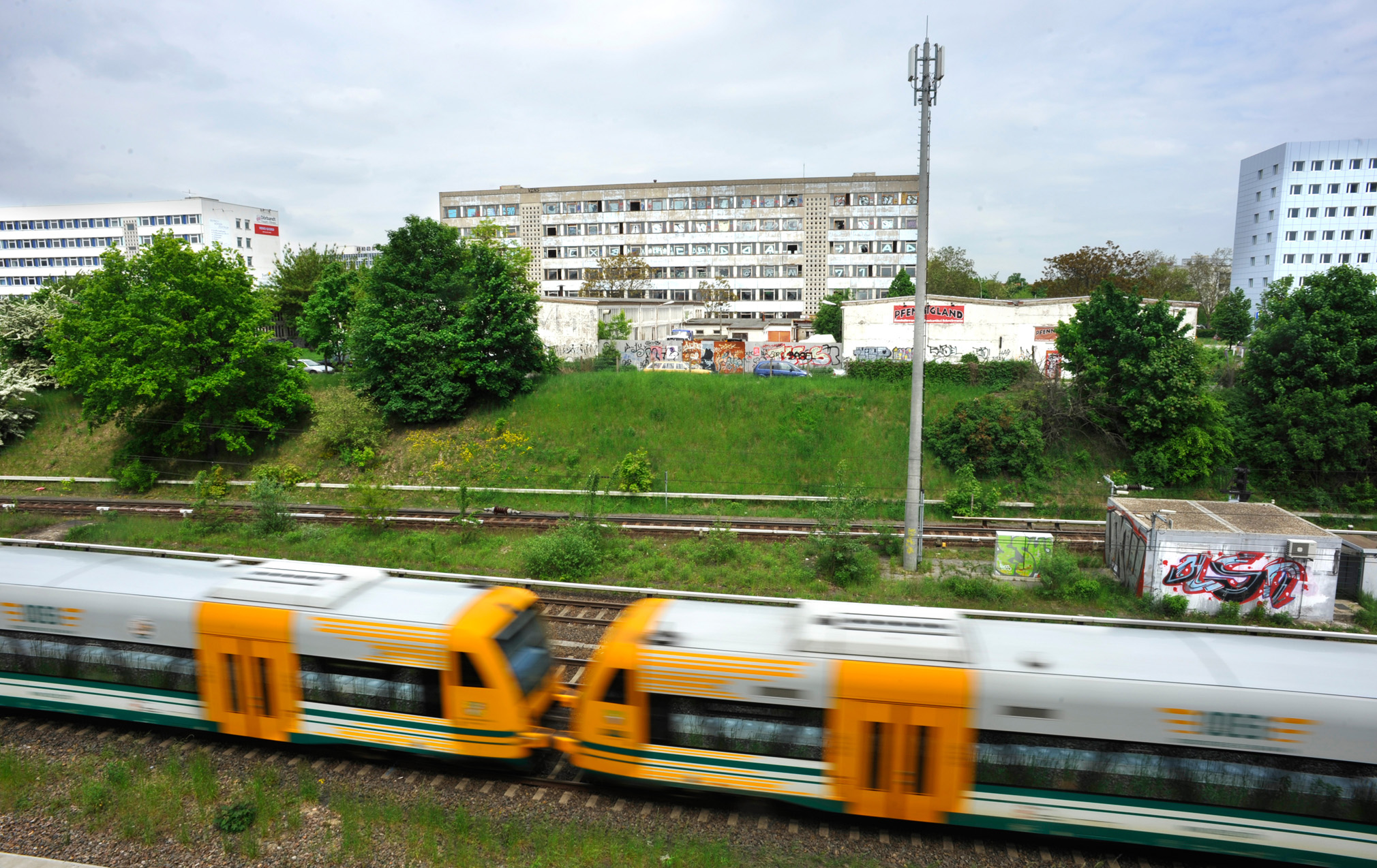
The S-Bahn (fifteen 'suburban metro' lines in Berlin), crosses the middle of a derelict housing estate in Friedrichshain. A classic 'non-place' of Berlin (Image: David Tett/ davidtett.com/)
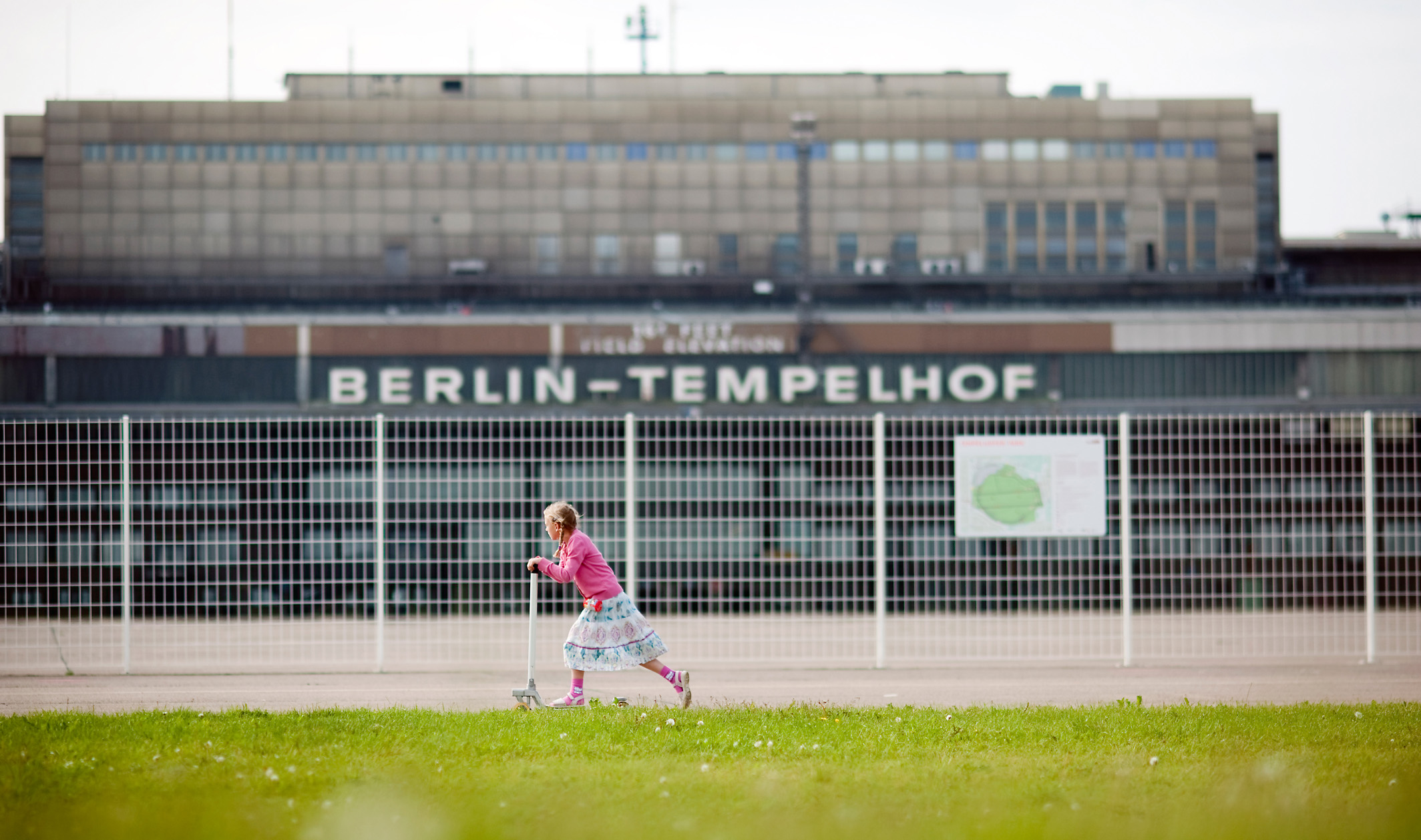
Tempelhof airport is an example of a non-place par excellence. It became a place of historical significance since its closure in October 2008 to make way for Berlin Brandenburg airport (2011) (Image: David Tett/ davidtett.com)
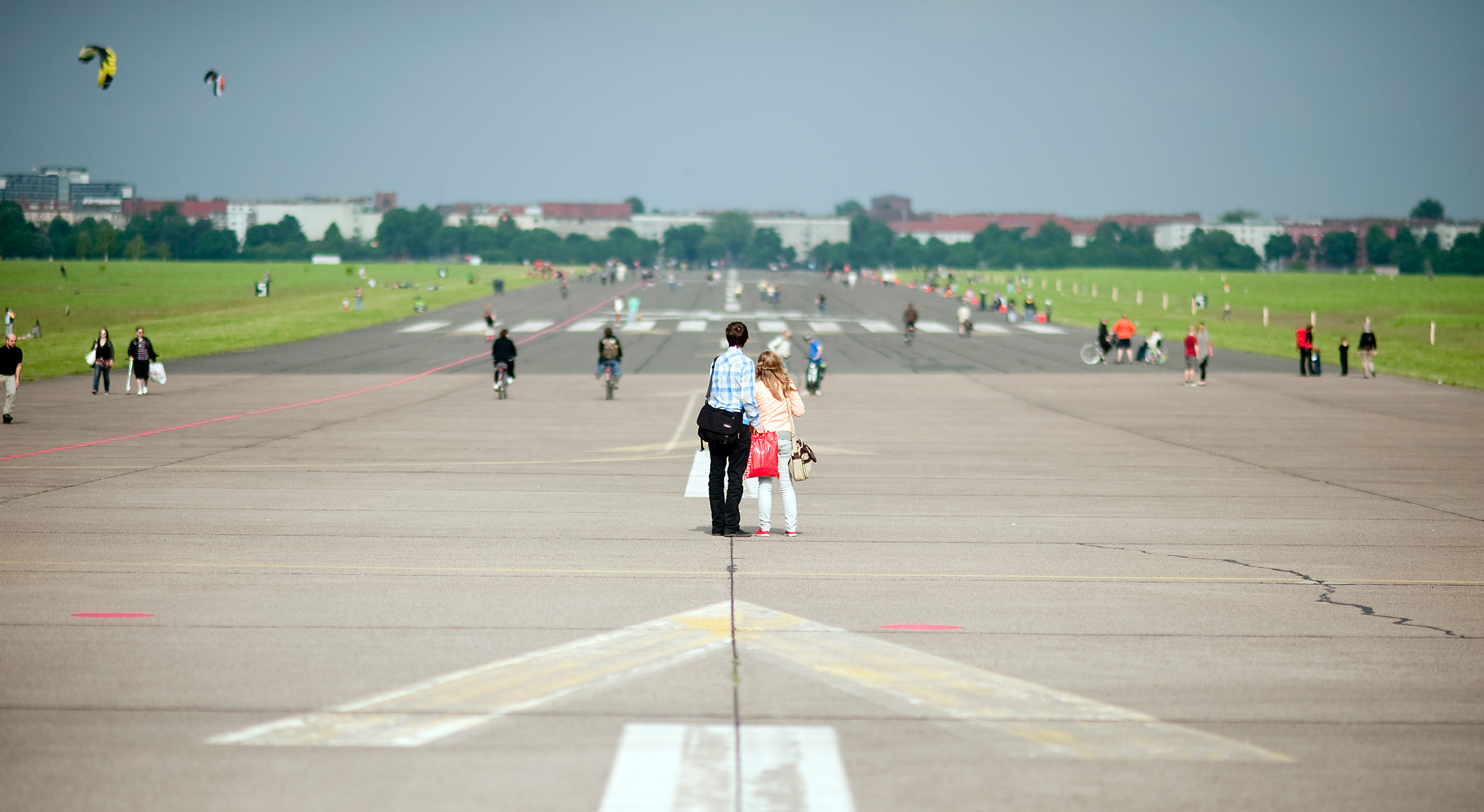
Its 1, 200 metres have become a community space for the people of Berlin, as it is open to the public. Tempelhof is rather like a park, a public place to socialise in (Image: David Tett/ davidtett.com)
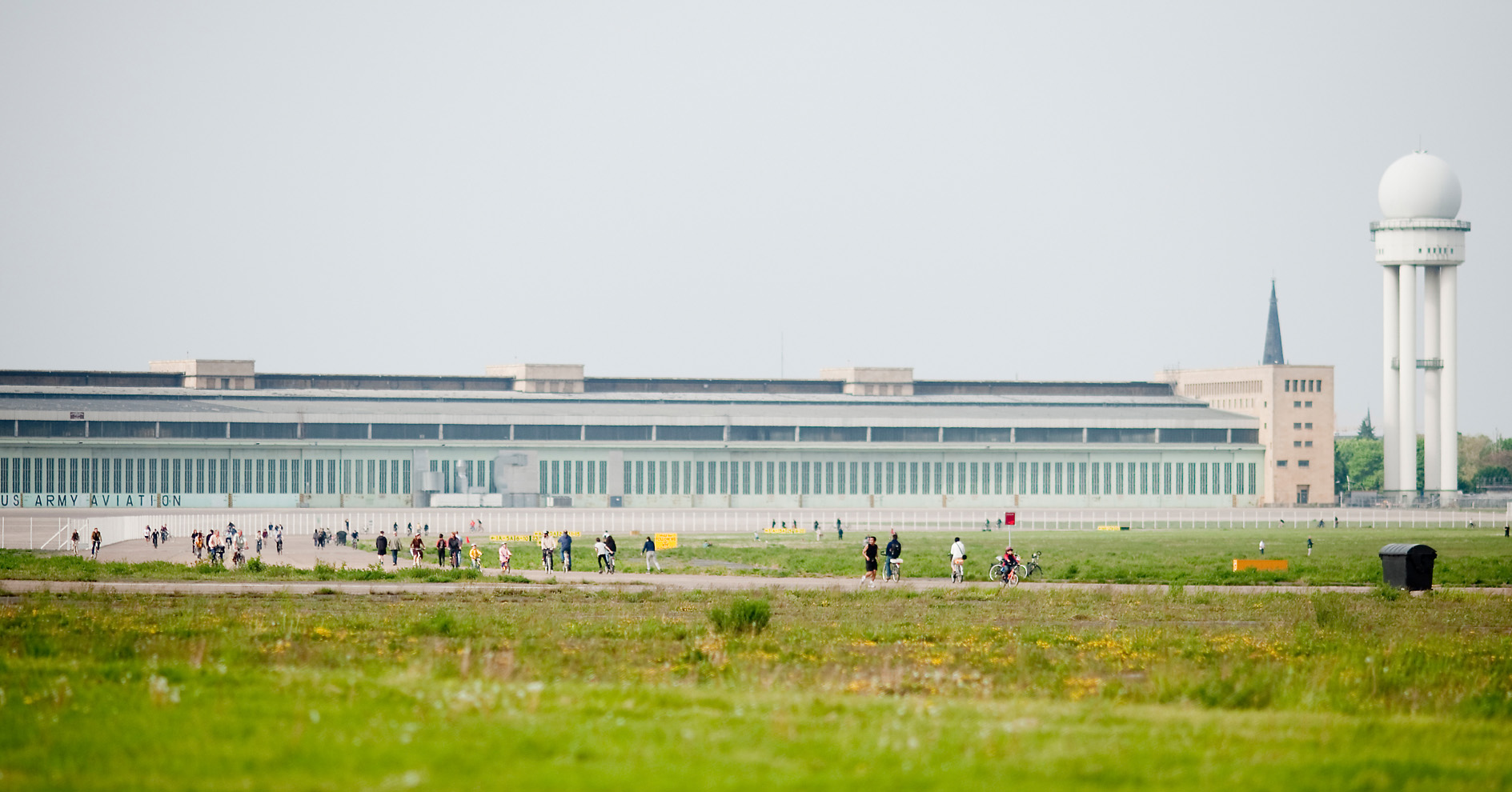
It's been the venue for international events like Bread and Butter (Image: ©David Tett/ davidtett.com)

Enjoying the solitude of the abandoned industrial space (Image: ©David Tett/ davidtett.com)
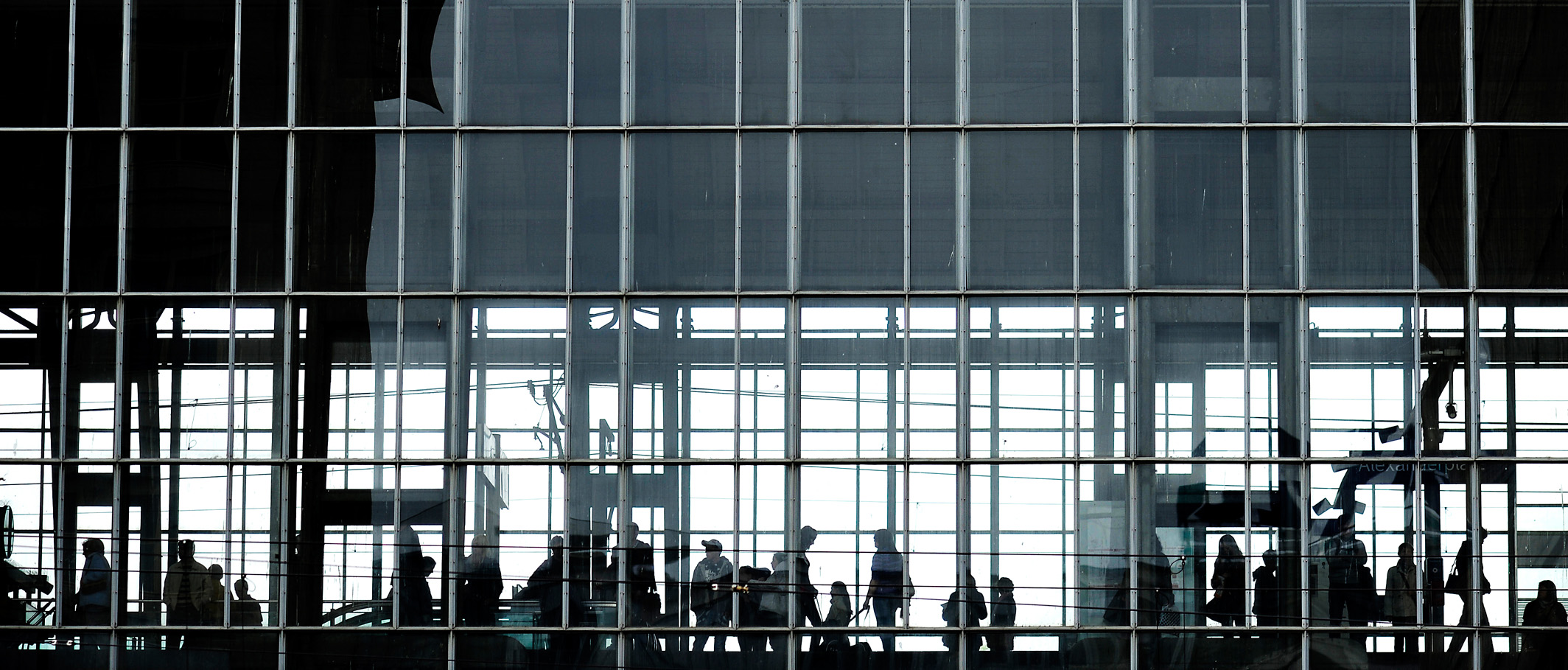
A cold 'non-place' to pass through (Image: ©David Tett/ davidtett.com)
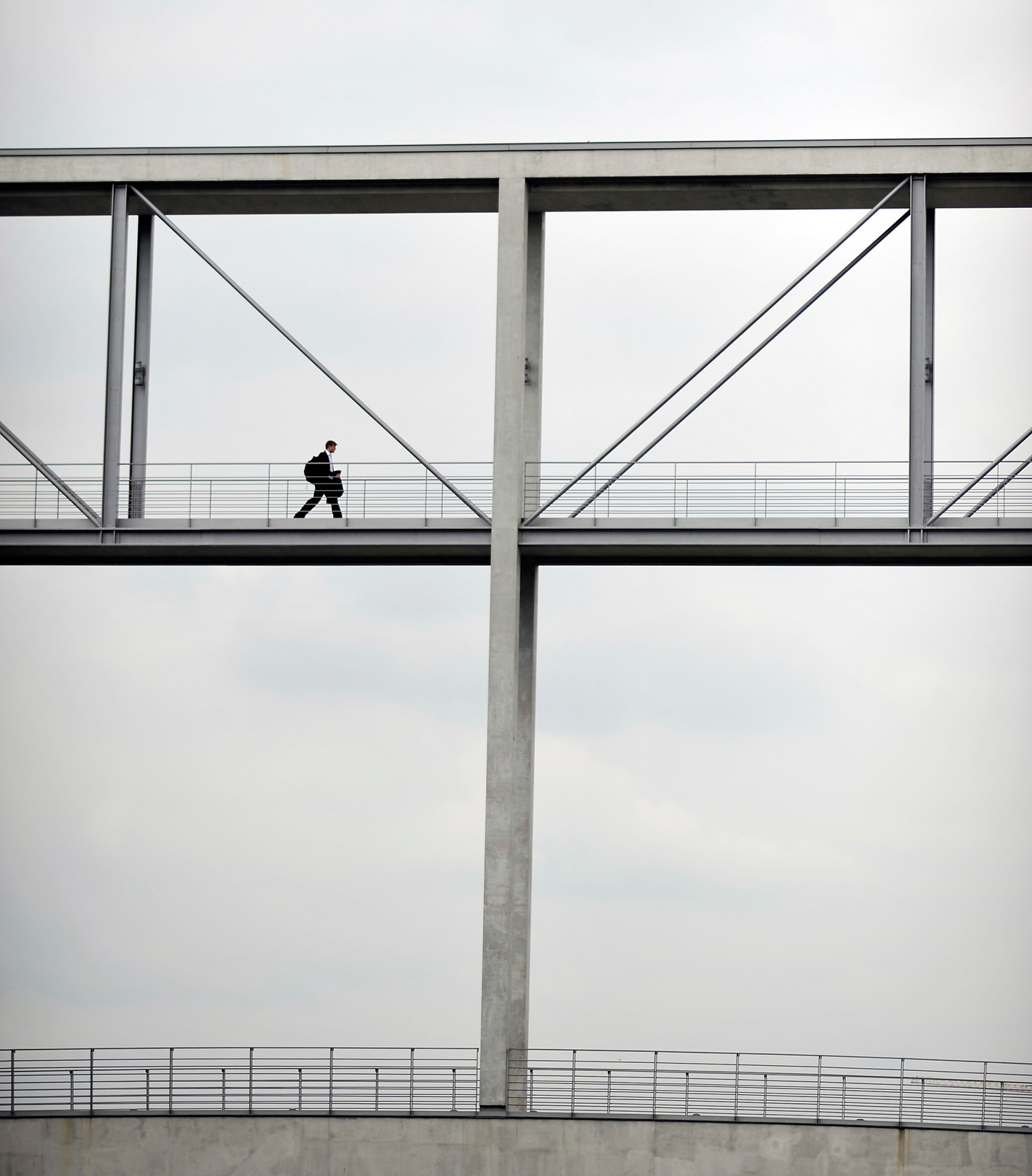
Karl-Marx-Allee, a GDR-era boulevard hits modernity. The contrast between the communist quarters and the modern buildings are striking (Image: ©David Tett/ davidtett.com)
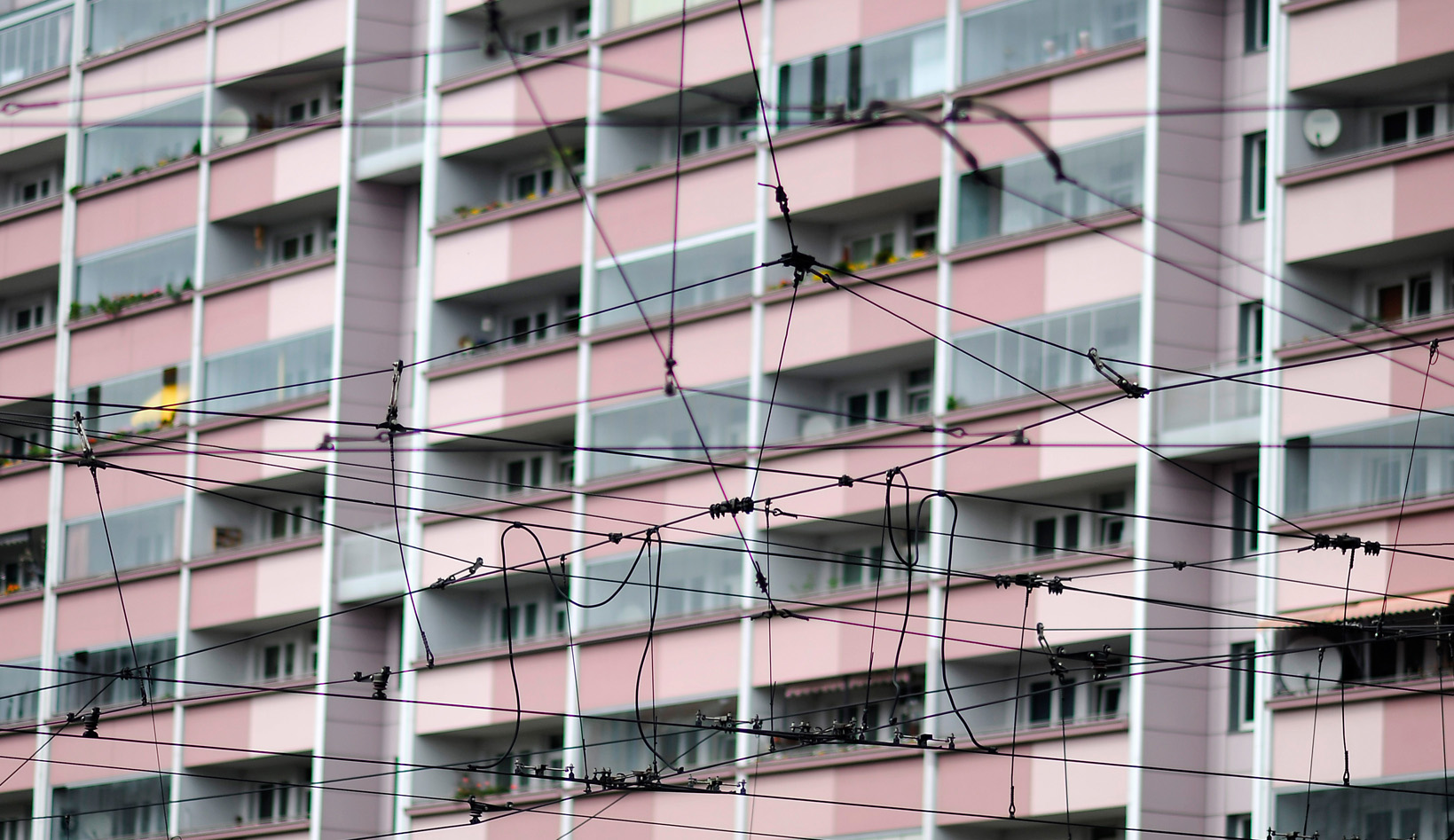
Alexanderplatz's anonymous buildings lend it a beehive feel (Image: David Tett/ davidtett.com/)
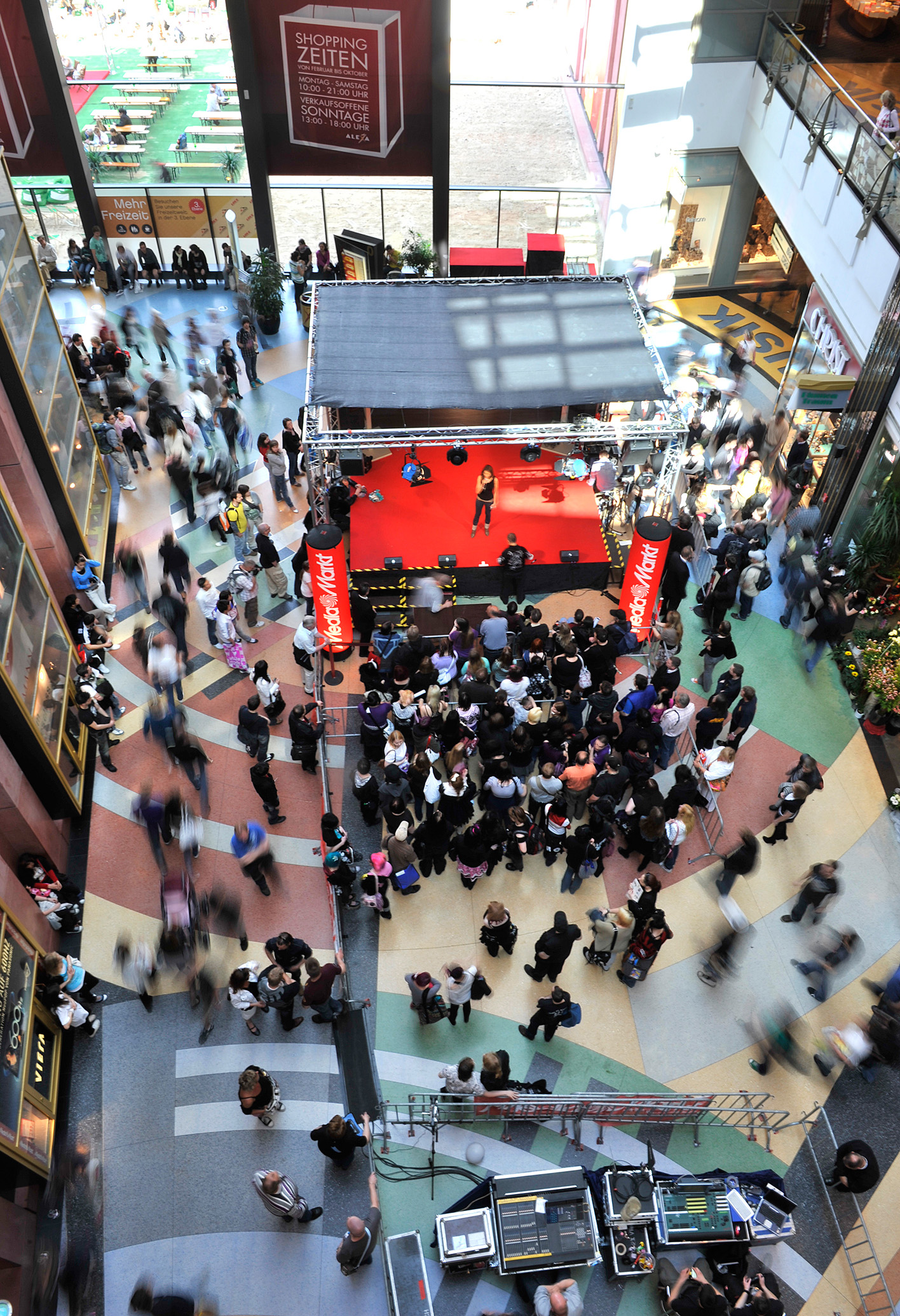
Alexanderplatz. An ultra-modern symbol of the 'non-place' concept: no stories, no identities, anti-relational. People come and go without trace (Image: ©David Tett/ davidtett.com)
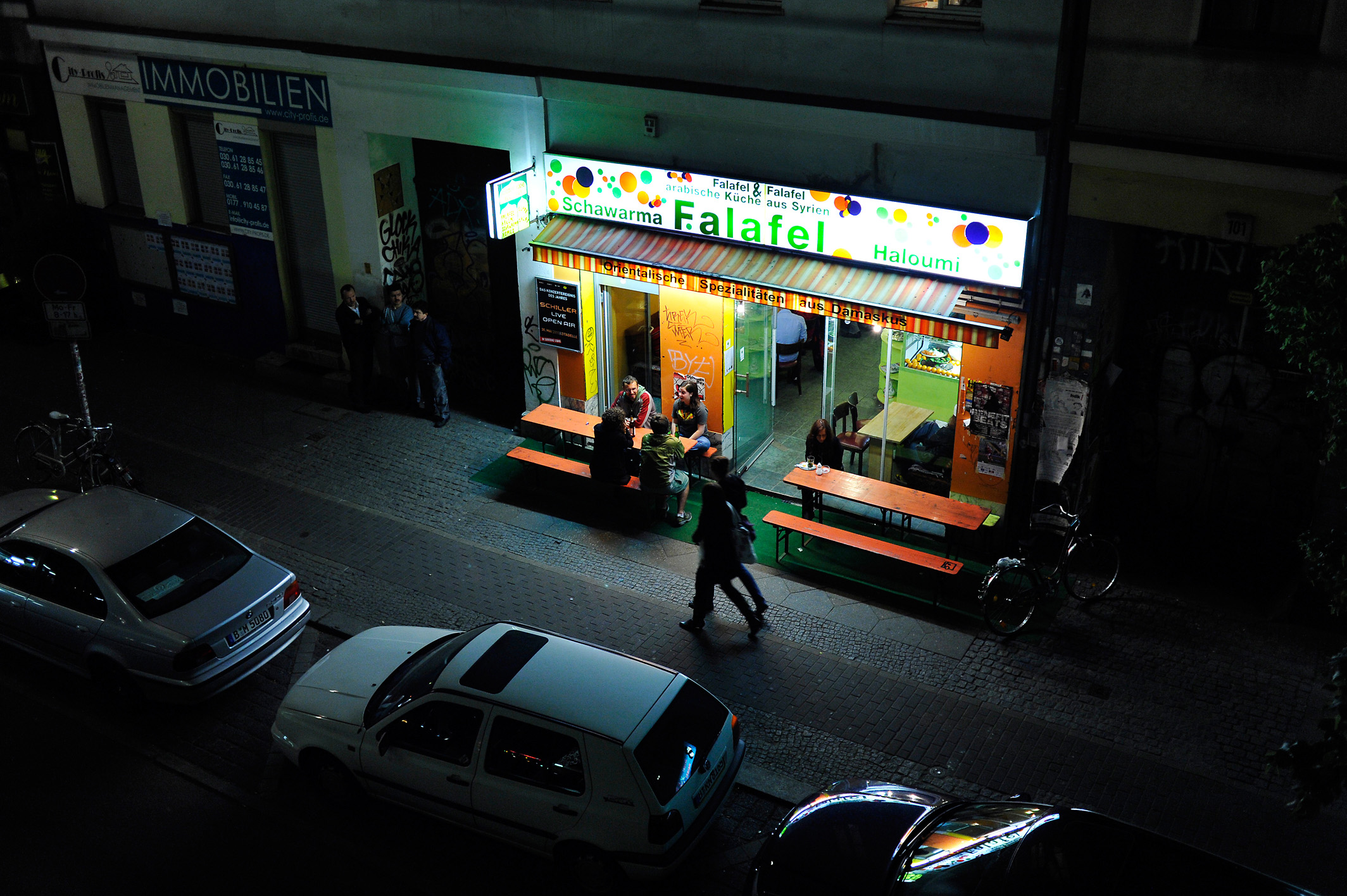
Detecting some warmth in a public place (Image: ©David Tett/ davidtett.com)

The thesis is obvious. Berlin is a city deeply rooted in its past, but in 2010 is still a vibrant, young city with a strong sense of community and creativity. Have you felt it too? (Image: ©David Tett/ davidtett.com)
Translated from Berlino: il non-luogo urbano



